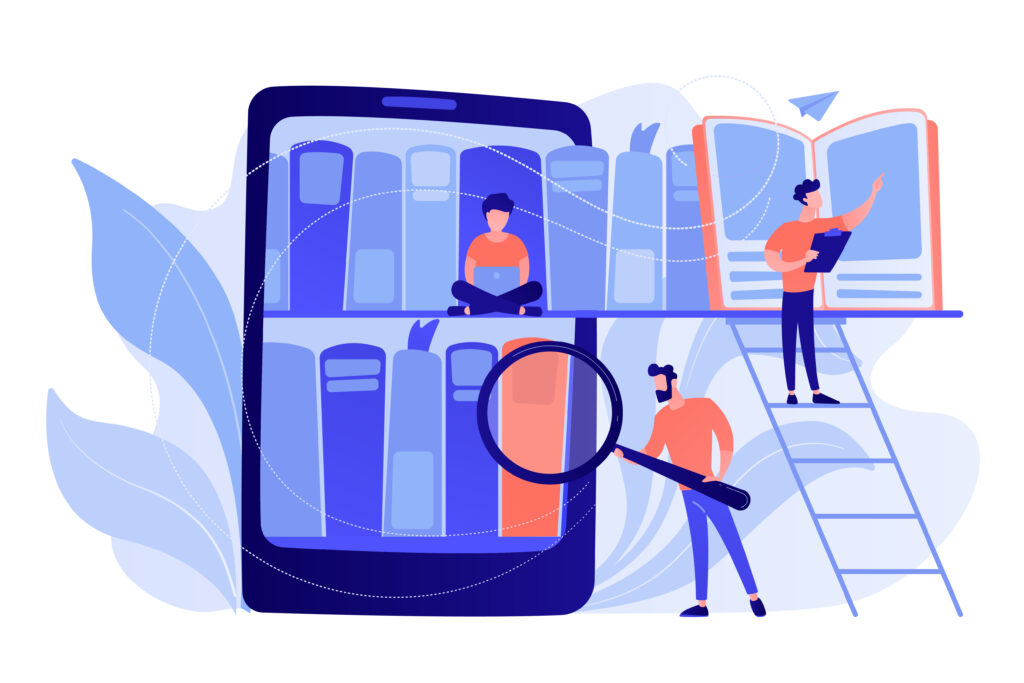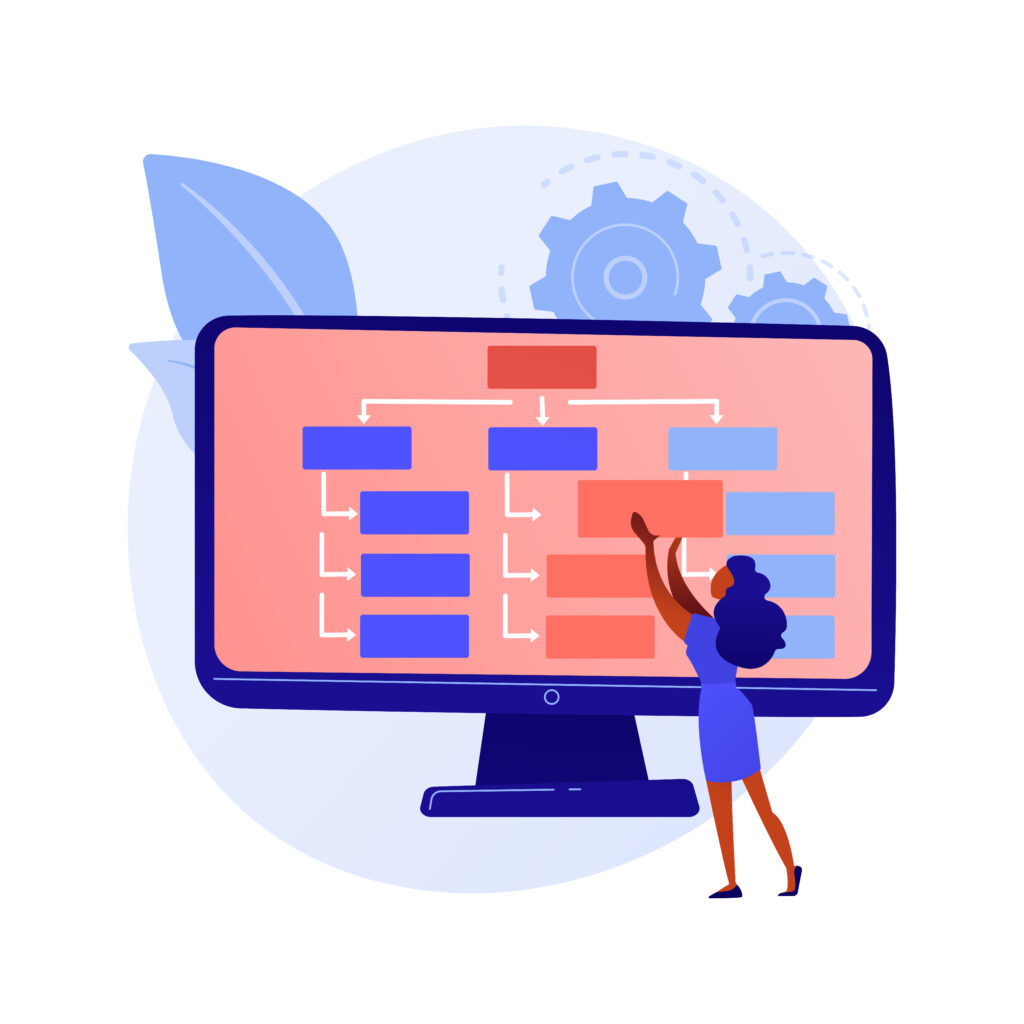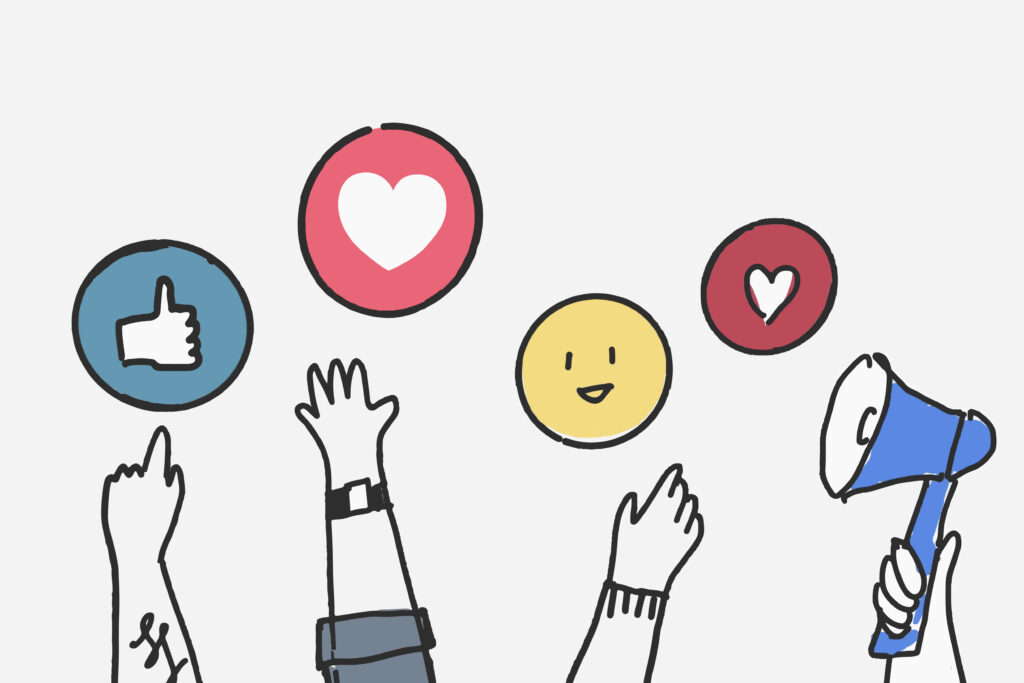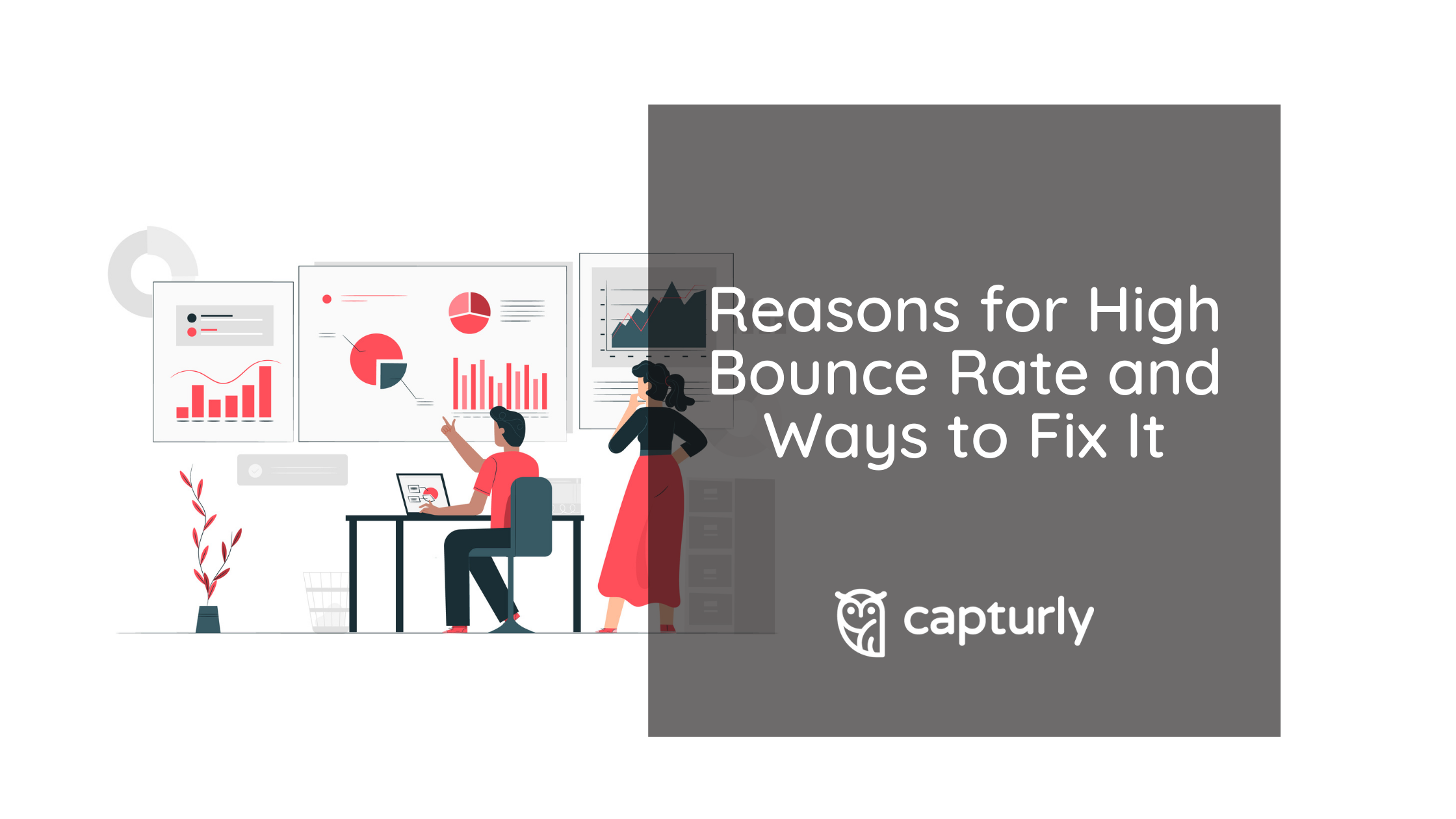Getting the user to stay on your website and consume the content you have to share is more important than you might think. When we take a look at statistical data that averages out the time spent on websites, the result is always the same: 15 seconds.
Once a viewer lands on your website, you have only 15 seconds to capture his or her attention. Users are aware of the fact that they have many similar websites to choose from. If one doesn’t work for them, they are going to open up another one, and another one until they find what they are looking for.
So, how can you impress and capture the attention of your viewers in time? In this article, we are going to discuss the main reasons why users decide to leave and what to do about them. We are going to show you how to decrease your bounce rate once and for all.
Table of Contents
Is Bounce Rate Really That Important?
When visitors spend some time reading your content and navigating through your website, you can measure that as “dwell time”. This is an important metric, as Google keeps a close eye on how much time people spend on a website and how many of its different pages they do explore.
Engaging, high-quality content has the power to make visitors consume your content and look for more instead of bouncing. Stop looking at vanity metrics such as page views that literally say nothing about your website’s real value.
People can land on your website and then hit the back button right away to look for the information elsewhere. Google wants to see users dwelling on your site and exploring its contents. Bounce rate is one of the main factors to look at when it comes to evaluating the quality of your website.

Delve Deeper by Using Google Analytics
An important question to answer here is this: Why are visitors leaving your website? This is where Google Analytics enters the whole picture. Open it up and take a look at your “Audience Overview” which can be accessed via the toolbar on your left.
There, you can find a site-wide bounce rate. If you see a high number there, it indicates that there is a problem but you need to go deeper. You need to investigate the bounce rate page-by-page in order to learn more.
Proceed to the Behaviors section, open the Site Content drop-down menu and then click All Pages. There, you are going to see all the different metrics for each of your pages, including bounce rate. Some of your pages might perform pretty well here, while you might see particularly high rates for others.
Next to the bounce rate, there is the Exit column. Every exit is counted as a bounce, as the exit rate only tells you on which page exactly your visitors decided to leave. Users might land on one page and then navigate themselves to a completely different one. If they bounce there, it is counted as an exit.
If you take a look at Entrances, you can also see which are those pages where most viewers enter your website. Moreover, by comparing the bounce rate and the exit rate, you can find out how well a particular page is performing.

A High Bounce Rate is Not Always a Bad Thing
Now keep in mind that a high bounce rate can mean three things:
- You have a low-quality page where visitors don’t find your content engaging
- People landing on the page is not your target audience
- Visitors were satisfied with the information on the page and they had nothing else to look for
As you can see, a high bounce rate is not always a bad thing. It can also mean that your page has achieved its purpose, satisfying the needs of your viewers. You need to ask yourself: What is my goal with this web page?
Do you want your users to stay and proceed to the next step in the sales funnel? Or do you want them to find a solution to their problem right there and then leave? Having a high bounce rate is desirable for certain niches.
Being aware of the content and the main goal of your web page also means that there is an expected average time spent on that page. If it’s about something short and on-point that leads to a call-to-action, then don’t expect people to spend a lot of time on it.
This is not to say that reducing your bounce rate and increasing time spent on your website is not important. However, you need to reduce it on pages where this metric actually matters. Below, we are going to help you understand the needs of your target audience.
As a result, you will be able to identify why they leave and decrease your bounce rates accordingly.
5 reasons why visitors end up leaving your site
1. Your Site Doesn’t Meet the Expectations of Your Visitors
The most obvious example we can bring up is creating websites using intentionally misspelled domain names of popular sites. Millions of people visit Facebook and Youtube day by day and some of them misspell these websites by mistake.
Of course, there are live websites available for each of the popular misspelled URLs. The main goal of this often-used trick is to steal traffic from the abovementioned sites. There are registered domains such as “facbeook.com” and “yuotube.com” a small portion of unlucky users end up landing on.
Visitors are surely not going to get what they are looking for on these misleading websites. They typically spend 30 seconds on them at most and then they bounce. Although this was an extreme example, you already get the point.
On your website, you need to provide what your visitors are looking for while also guaranteeing a pleasant user experience. First off, it has to be well-designed without any clutter. If there are too many options available, visitors can get confused and it will cause them to leave.
For example, showing too many of your products on the same page will lead to confusion more often than not. As a result, your sales will decrease while the bounce rate will go up. This is why you need to categorize your products and present them in an attractive layout.
If your website is slow to load, then your content won’t even have the opportunity to meet the expectations of your visitors. Make sure to optimize it for faster load times so that users won’t bounce before seeing your offer.

Tips to lower bounce rate
We can conclude that there are three factors to focus on. You need to create a website that has an appealing design, loads in a couple of seconds, and has a low bounce rate. By following the guidelines below, you can create a website that performs well in those regards:
- Design a website with a hierarchy where your visitors’ attention gradually gravitates towards the most important elements
- Give your website a modern look and feel that is consistent on every page
- Make your site compatible with all the different devices your viewers can possibly open on
- Only include design elements that add value to your site without making it cluttered
- Navigation on your site should be straightforward
- Don’t overthink the design. People got used to certain elements that should be accessible and at the same area on every website
- Make your intent and pricing crystal clear
2. If Your Visitors Can’t Use Your Website, You Lose Them
Keeping usability in mind throughout the design process is crucial. Although it might be tempting to design a site that looks like an online billboard, it is not how you make a good first impression. Visitors expect your website to be usable instead of just being there to observe.
First off, users need to be able to access your website. By making it consistently available, you can ensure that they can use it. Saving money on cheap servers is definitely not the way to go, as those downtimes are only going to hurt your business.
Beyond that, visitors also don’t like to run into broken links. Opening up your website on their smartphone only to discover that it’s not responsive is not a great experience either. A good website is pleasing to the eye no matter which device a user opens it on.
It might be tempting to include everything your brand has to offer on a single page, yet it’s often not a smart thing to do. Instead of flooding your viewers with information, make sure that each of your web pages has a simple goal to achieve.
It should be all clear and simple while maintaining the same vibe throughout the entire site that signifies your brand. No distractions, straight-to-the-point, preferably with a minimalistic design. Keep as little variety as possible by using similarly styled images and matching colors.
Gently lead the user from one product or service to the other, helping them find what they came for. Allow the user to learn more about your brand by including a navigation bar with strong keywords and a search bar as well.
High usability means that your website is easy to learn, accessible, and has a clean design. Instead of finding themselves in a confusing maze, your users can find everything with a single click, some scrolling, or a quick search.
3. When Users Don’t Know What to Do, they Get Stuck and Leave
Cluttering your website with information and confusing your users, as a result, is a great way to scare them away. Instead, give a simple goal to every one of your web pages and gently lead your visitors from one page to the other. They don’t have to know everything at once.
Let them gradually learn about your content and decide what they want at the end. Besides adding too many hyperlinks and design elements, another mistake you can fall into is overcomplicating the navigation. This can be another frustrating experience, as your visitors are going to get lost in that maze.
If the navigation is hard to understand, Google is also going to give it a pretty bad score which can ruin your SEO. A big mistake is when website owners hide their navigation or make it less available by using dropdown menus. The thing is that people expect every navigation bar to follow the same logic.
Don’t ruin their expectations by trying to reinvent the wheel. A good website designer always tries to think like a visitor who has never seen the site before. You can make things easier for viewers by creating intuitive navigation and layout which are pleasing to the eye and straightforward to use.
Help users find important information by using internal links in the right place and at the right time. Tell them that they can proceed to learn about the particular subject by clicking the link. Google is also pleased to see web pages that smartly use internal links.

4. You Failed to Earn the Trust of Your Visitors
The Internet is full of scams and websites that only cast a virus on your computer. Hackers and criminals are just as busy setting up websites and automated emails as legit businesses. Most users know this very well and they are going to take a critical look at your website.
The key to earning the trust of your visitors is to be direct and clear in every bit of information that you publish on your website. The pricing, your intent, and your content should be all clear and concise. Help them learn a bit more about your brand throughout every step they take on your site.
The more users trust your website, the longer they are going to stay on it. A simple way to ensure visitors for safety is to include a badge on the landing page where a third-party (such as GoDaddy.com) states that it’s Verified & Secure.
Moreover, add social media buttons that lead to Facebook, Instagram, Twitter, and other pages where your brand is active. Let them know in the navigation bar, in the footer, and somewhere on the site that they can contact someone if they need help.
Nowadays, people are well aware of the fact that HTTP is outdated and HTTPS is what they should look for. HTTPS means that SSL (secure socket layer) is active on your website, which functions as a security protocol. It guarantees that links are encrypted on your website at all times.
Furthermore, a website is trustworthy if it has a community behind it. Allow your visitors to sign up for membership and join your crowd of followers. At last but not least, allow customers to leave feedback in the form of reviews so that others can see them in the future.
5. Your Website Failed to Inspire or Impress Visitors
Visitors arrive with a question in mind that has to be answered as quickly as possible. It sounds like this: What does this website have to offer for me? You have only 15 seconds to answer this question before you lose them.
From the second your visitors land on your site, you need to make a good first impression, inspire them and then motivate them to buy. Adding too many elements such as popups, unconventional layouts and a wide range of colors is not going to work.
Instead of taking an approach that works in your opinion, take a look at what users actually want. Analyze your audience and adjust your website according to their needs. Find out more about your target audience by taking a look at the demographics (Location, Gender, Ethnicity, Age, Income, Occupation, etc.).
Different groups of people arrive at your site with different mindsets. You need to speak the language of your audience to grab their attention. Besides demographics, there is also so-called psychographics to look at. These include personality, attitudes, lifestyle, values, behavior, and hobbies or interests.

Final Thoughts
We have shared various approaches when it comes to reasons and solutions as to why visitors are leaving your site. As you work on improving different aspects of your website, there is one rule you should keep in mind all the time: The 15-second rule.
Although it is not much, you can significantly decrease your bounce rate and make a great first impression by following our guidelines. It is all about creating a site that is concise, secure, straightforward, and appealing to viewers.
Find out more about what your target audience is looking for and give it to them. Be clear about your intent, make sure that your website loads fast and find the perfect language to approach your viewers with. Make them trust your website and create a place where people can learn and be inspired.
Don't forget, sharing is caring! :)

